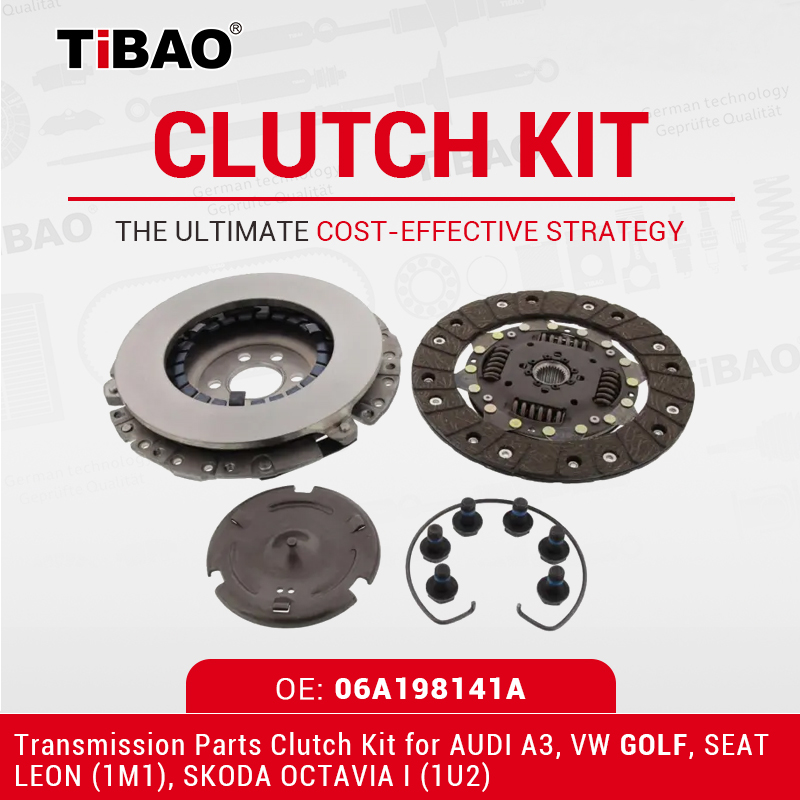Here is a detailed comparison of the Volkswagen Golf transmission systems from MK1 to MK8, focusing on the types of transmissions, design features, technological advancements, driving experience, and common wear parts. Golf Parts Catalogue

VW Golf Transmission Parts (MK1-8): Common Wear Parts
-
MK1-MK4:
-
Common wear parts included clutch discs, flywheels, synchronizers, and transmission seals.
-
The transmission systems were relatively simple, so the wear issues were mostly mechanical and related to parts like the clutch and seals.
-
MK5-MK7:
-
With the introduction of DSG transmissions, dual-clutch systems and hydraulic components became more prone to wear, particularly with high-mileage use.
-
DSG's clutch packs, transmission seals, and the Transmission Control Unit (TCU) also became common wear parts in these generations.
-
MK8:
-
Although DSG technology has matured, the dual-clutch components, transmission seals, and TCU remain parts that require regular maintenance.
-
In hybrid/electric models, the power electronics and battery management systems might become the focus of maintenance, but the transmission itself has become more durable.
Summary
From MK1 to MK8, the Volkswagen Golf's transmission systems have evolved significantly. Early models focused on basic manual and automatic transmissions, offering simple but reliable systems. As technology progressed, DSG (dual-clutch transmission) became the hallmark of later models, especially from MK5 onward, offering faster, smoother shifts and a more engaging driving experience. The introduction of hybrid and electric models in MK8 marks the next step in transmission evolution, offering even more efficiency and comfort.
Overall, each generation's transmission system progressively improved in terms of technology, shift smoothness, and driving comfort. DSG technology particularly stands out in the later models for its performance and efficiency, while the MK8's introduction of hybrid/electric powertrains is pushing the Golf's transmission systems towards a more sustainable future. However, the need for maintenance, especially regarding the DSG system and its components, remains a critical consideration for owners of these vehicles.